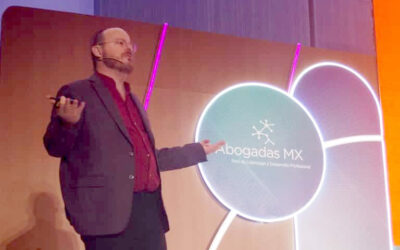An excerpt from the CIO Magazine interview “Building the Superintelligent Organization” wherein Jonathan explains why many AI projects fail not because of technology, but because they’re implemented in rigid, outdated systems. Brill outlines how leaders can transform their organizations into agile, “octopus-like” networks where intelligence is distributed, collaboration thrives, and AI becomes a trusted partner rather than a threat. From building psychological safety to balancing centralized strategy with decentralized execution, Jonathan shares how leaders can prepare for the rise of the superintelligent firm.
You’ve said that many AI initiatives fail not because of the technology itself, but because they’re deployed into broken systems. Could you expand on this idea? What are the most common structural or cultural flaws you see in organizations trying to embrace AI?
AI deployments rarely fail because the algorithms don’t work. It’s because the technology is introduced into organizations that were never designed to easily and efficiently take advantage of them. The core problem is that most companies still operate like ammonites — built around shells of stability, control, and hierarchy that once ensured survival but now inhibit it. These structures were optimized for a world of predictable inputs and linear improvement. AI, however, is exponential, fluid, and deeply interconnected. It doesn’t just automate processes; it reshapes the logic of how work gets done.
In many legacy organizations, information flows upward and decisions flow downward. Data lives in silos, middle managers act as interpreters between strategy and execution, and risk is managed through layers of approval. AI doesn’t work in those environments. Instead of empowering teams to act faster and make smarter choices, it becomes another tool waiting for permission.
Compounding the problem are leaders and managers that look at AI as just another project to try out and employees who are anxious of AI’s purposes and the implications to them.
For AI to succeed organizations must dismantle the inertia in their processes, incentives, and mental models. They need to lean into the fluidity, to truly benefit from what AI offers.
The “Octopus Organization” is a striking metaphor. In what ways can leaders practically apply nature’s principles such as adaptability, distributed intelligence, and regeneration to make their organizations AI-ready?
The octopus is not just a metaphor; it’s a biological operating system for resilience. The octopus thrives because it is soft, adaptive, and distributed. It can sense, decide, and act through multiple centers of intelligence, reconfiguring itself in real time without losing coherence. Translating that into organizational practice means building systems that are both decentralized and deeply connected.
Leaders can apply this model by treating AI as the connective tissue—the “neural necklace”—that links an organization’s many arms. Rather than concentrating intelligence in a central brain, they must distribute it to the edges, where context is richest and speed matters most. AI enables this by giving teams the information and judgment support once reserved for senior leadership. Decision making moves closer to the customer; allowing strategy and execution to begin to happen simultaneously.



